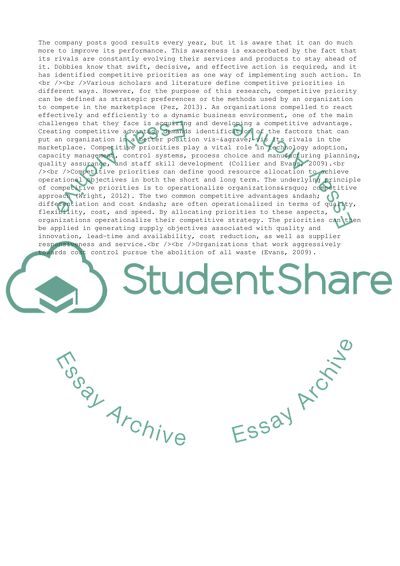Cite this document
(Analysis of Dobbies GC Restaurant Chain Case Study Example | Topics and Well Written Essays - 2250 words, n.d.)
Analysis of Dobbies GC Restaurant Chain Case Study Example | Topics and Well Written Essays - 2250 words. https://studentshare.org/management/1846366-dobbies-gc
Analysis of Dobbies GC Restaurant Chain Case Study Example | Topics and Well Written Essays - 2250 words. https://studentshare.org/management/1846366-dobbies-gc
(Analysis of Dobbies GC Restaurant Chain Case Study Example | Topics and Well Written Essays - 2250 Words)
Analysis of Dobbies GC Restaurant Chain Case Study Example | Topics and Well Written Essays - 2250 Words. https://studentshare.org/management/1846366-dobbies-gc.
Analysis of Dobbies GC Restaurant Chain Case Study Example | Topics and Well Written Essays - 2250 Words. https://studentshare.org/management/1846366-dobbies-gc.
“Analysis of Dobbies GC Restaurant Chain Case Study Example | Topics and Well Written Essays - 2250 Words”. https://studentshare.org/management/1846366-dobbies-gc.


